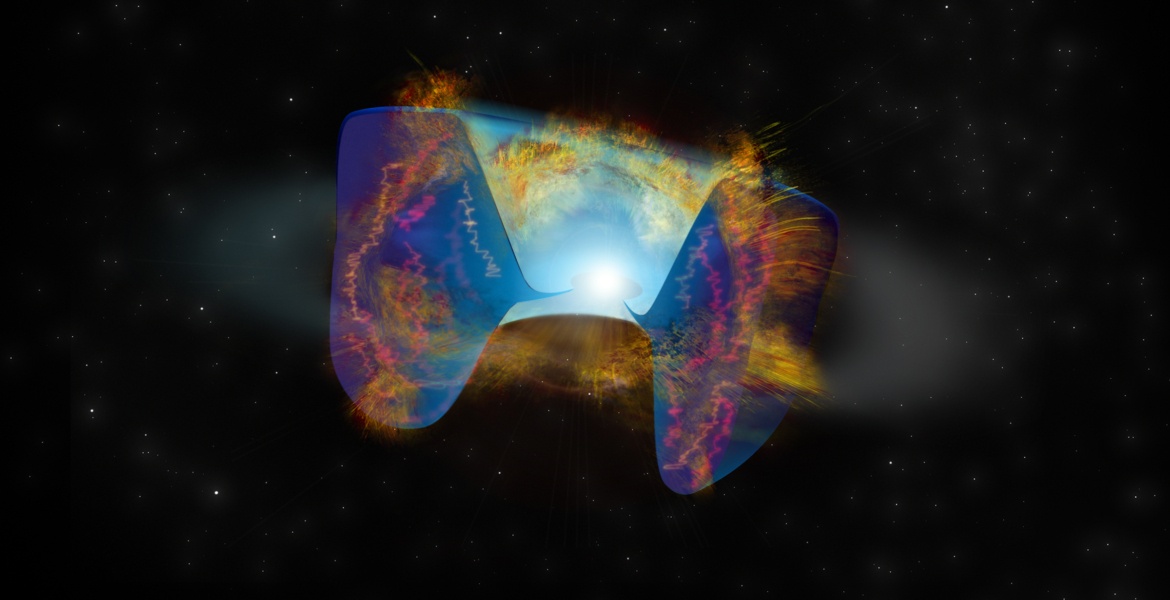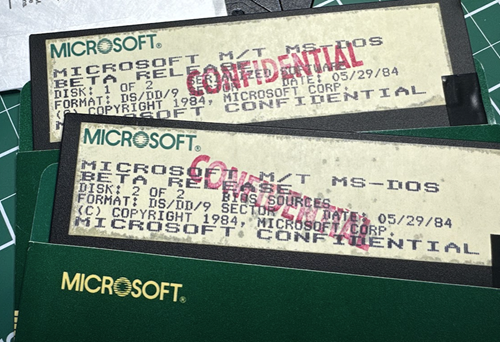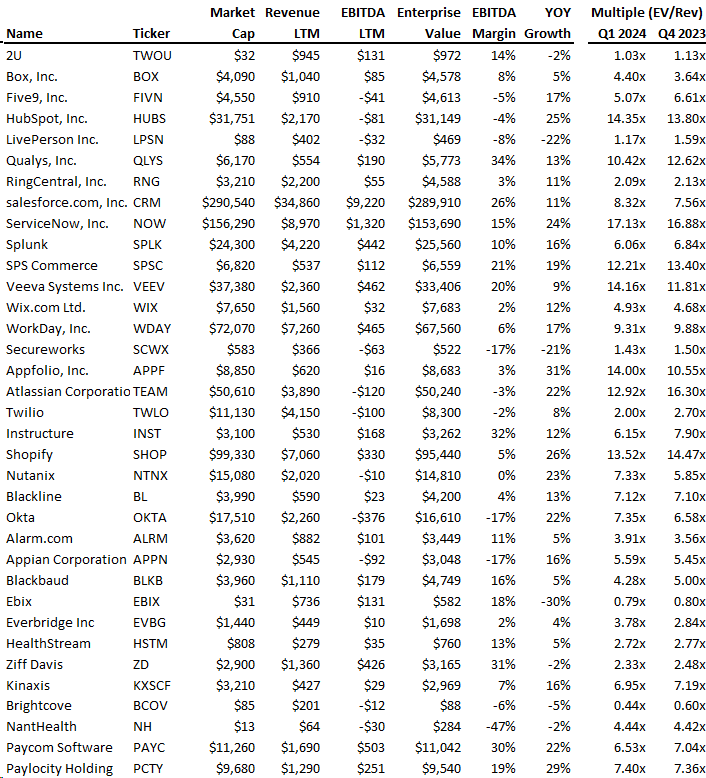
Cosmic Blind Spot Closed by New Black Hole Math
If you treat one black hole as a single point, with no event horizon, previously invisible black-hole collisions come into focus.
Last year, just for the heck of it, Scott Field and Gaurav Khanna tried something that wasn’t supposed to work. The fact that it actually worked quite well is already starting to make some ripples.
Field and Khanna are researchers who try to figure out what black hole collisions should look like. These violent events don’t produce flashes of light, but rather the faint vibrations of gravitational waves, the quivers of space-time itself. But observing them is not as simple as sitting back and waiting for space to ring like a bell. To pick out such signals, researchers must constantly compare the data from gravitational wave detectors to the output of various mathematical models — calculations that reveal the potential signatures of a black hole collision. Without reliable models, astronomers wouldn’t have a clue what to look for.
The trouble is, the most trustworthy models come from Einstein’s general theory of relativity, which is described by 10 interlinked equations that are notoriously difficult to solve. To chronicle the complex interactions between colliding black holes, you can’t just use a pen and paper. The first so-called numerical relativity solutions to the Einstein equations for the case of a black hole merger were calculated only in 2005 — after decades of attempts. They required a supercomputer running on and off for two months.























